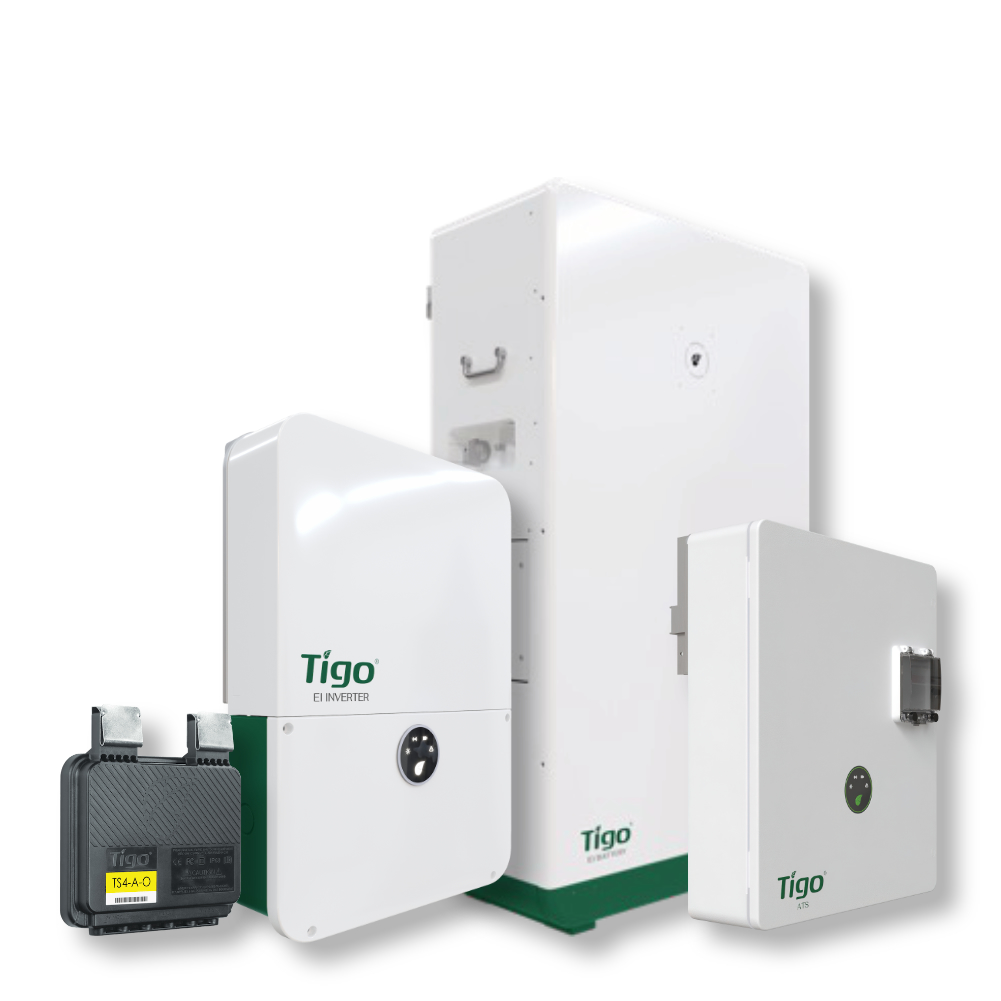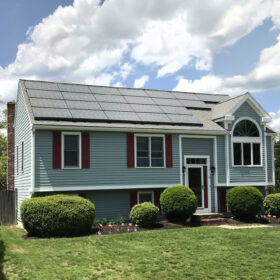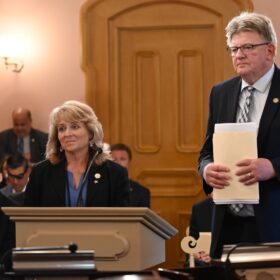A new product by solar inverter provider Tigo Energy enables installers to limit the output of Tigo inverters by using software during the commissioning process.
Reducing the maximum AC power rating of an inverter, referred to as power derating, enables installers to set the AC power rating of an inverter during commissioning when precise system power targets are required for incentives, or to maintain system power rating when a legacy solar system is updated with a new inverter.
Wood Mackenzie reported more than one million U.S. residential solar installations are more than 10 years old, and another 400,000 will cross that threshold over the next five years. Tigo said that this leads to a rapidly expanding inverter replacement market, enabling customers to repower solar installations that have passed their warranty and/or payback periods.
“In many cases, the systems we service have suffered performance degradation and some have even quit producing energy altogether, but the homeowner has been in the proverbial green on the system for several years,” said Nick Sherman, chief executive officer, EnergyAid, a solar operations, maintenance and repairs provider.
The Tigo Inverter Power Output Control (IPOC) is designed to give installers flexibility when faced with AC output constraints on both new and legacy residential solar systems. The company said its products have a wide range of compatibility with the installed base of power electronics. Its inverters do not require installation of a battery storage system and offer the option to further upgrade systems with energy optimization, module-level system monitoring, and rapid shutdown protection.
“The great majority of customers we work with are happy to make a relatively small secondary investment in their systems to keep the solar energy flowing, and with nameplate customization, Tigo helps us do that with ease,” said Sherman.
Installers can self-guide the derating process through the Tigo El App during commissioning of the system. The system’s energy management capabilities and DC architecture help reduce round-trip power conversion losses for storage, module mismatch, shading, and clipping losses, said Tigo.
Tigo said the software was developed based on industry suggestions from repair and repowering businesses like EnergyAid.
“While it may feel counterintuitive to make a technology product do less of what it is designed to do, the ability to quickly and easily derate Tigo inverters with the IPOC feature was an entirely market-driven development,” said JD Dillon, chief marketing and customer experience officer at Tigo Energy.
Dillon likened the derating feature to alternator and water pump replacement in the automotive industry.
“Nobody expects an alternator or water pump to last forever, and the replacement parts and service market has become an industry unto itself,” he said.
Tigo installers can start using the inverter AC power output control by downloading or updating the Tigo EI (Energy Intelligence) App from the Apple App Store or Google Play.
This content is protected by copyright and may not be reused. If you want to cooperate with us and would like to reuse some of our content, please contact: editors@pv-magazine.com.









This approach by Tigo seems like a practical solution for maximizing the value of older solar installations